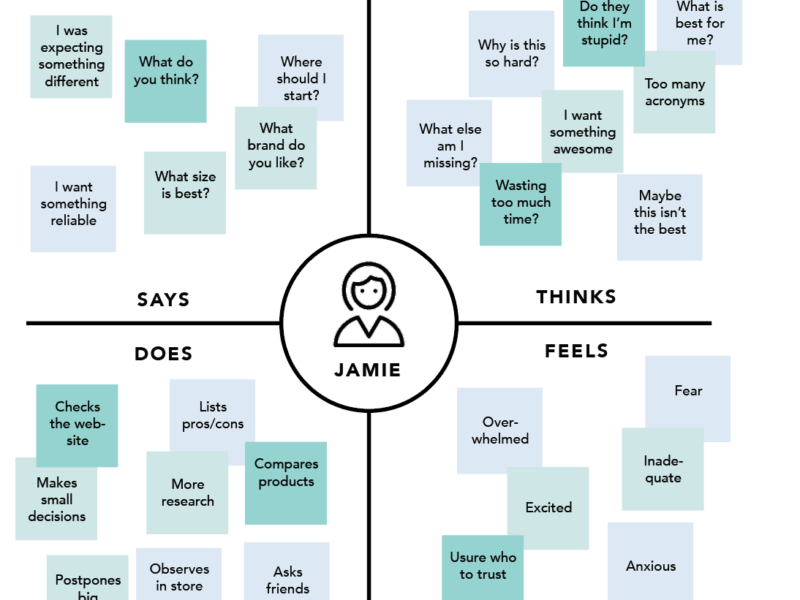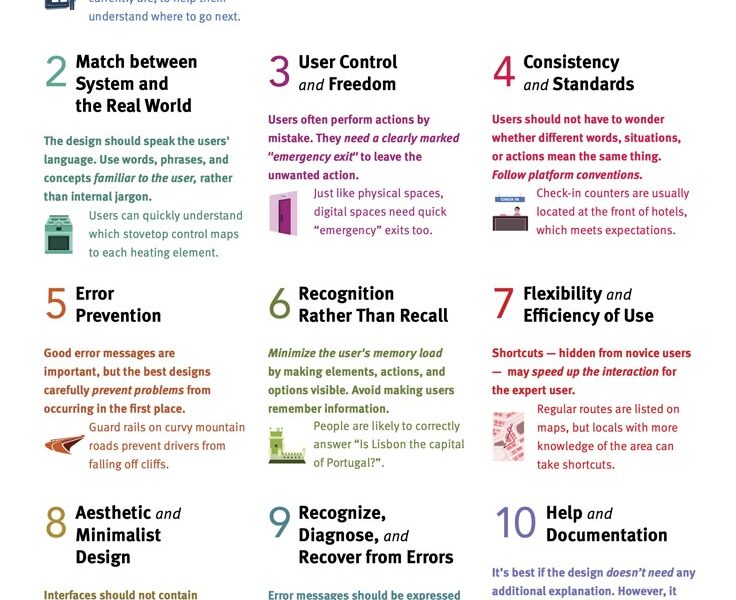The Critical Role of UX Research
User Experience (UX) research is the backbone of successful product development. It bridges the gap between user needs and business goals, ensuring solutions are both desirable and viable.
By integrating UX research at every stage—Discovery, Define, Develop, and Launch & Analyze—teams can mitigate risks, validate assumptions, and deliver products that resonate deeply with users.
This blog post explores how UX research shapes each phase of product development, supported by actionable methods, real-world examples, and expert resources.
The Four Stages of Product Development with UX Research
1. Discovery Stage: Uncovering the Problem Space
PM Goals: Understand user needs, pain points, and contextual factors.
Core Questions:
- What are the users’ pain points?
- What common themes exist in these problems?
- Why do these problems occur?
Approach: Qualitative research to gather rich, contextual insights.
Primary Methods:
- Field Studies: Observing users in their natural environment reveals unarticulated needs. For example, Airbnb’s early field studies helped them redesign trust factors in their platform (Nielsen Norman Group, Field Studies).
- Diary Studies: Longitudinal data collection via user journals. Tools like dscout enable remote diary studies to track behaviors over time (dscout Diary Studies).
- Surveys: Broad quantitative data paired with qualitative open-ended questions. Tools like Typeform or Google Forms simplify large-scale feedback collection.
- Usage Analysis: Analyzing existing product metrics (e.g., heatmaps via Hotjar) identifies friction points (Hotjar Usage Analysis).
Outcome: A holistic understanding of user challenges and opportunities.
2. Define Stage: Prioritizing Problems and Solutions
PM Goals: Identify a focal problem and brainstorm solutions.
Core Questions:
- Which problem do users care about most?
- What hypothesis can we test?
- Which solution delivers the highest value?
Approach: Mainly qualitative, with participatory techniques.
Primary Methods:
- Exploratory User Interviews: Deep-dive conversations to prioritize pain points. The “Jobs to Be Done” framework helps frame these discussions (Intercom on JTBD).
- Participatory Design: Co-creation workshops with users. IKEA used this to design kitchen layouts by involving customers directly (IDEO Participatory Design).
- Card Sorting: Organize information architecture. Tools like OptimalSort streamline digital card sorting (OptimalSort).
Outcome: A refined problem statement and solution hypotheses.
3. Develop Stage: Testing and Refining Solutions
PM Goals: Validate solutions and iterate based on feedback.
Core Questions:
- Which solutions are feasible?
- How do users perceive and interact with prototypes?
Approach: Qualitative testing with iterative refinement.
Primary Methods:
- Concept Testing: Low-fidelity prototypes (e.g., Figma wireframes) gauge initial reactions. Dropbox’s MVP video is a classic example of concept testing (Dropbox MVP Case Study).
- A/B Testing: Compare variants to optimize features. Netflix uses A/B testing to refine recommendation algorithms (Netflix Tech Blog).
- Unmoderated Testing: Tools like UserTesting.com provide scalable feedback on prototypes (UserTesting).
- Usability Testing: Identify interaction flaws. The Baymard Institute highlights common e-commerce usability issues (Baymard Research).
Outcome: A validated solution ready for launch.
4. Launch and Analyze Stage: Measuring Impact
PM Goals: Evaluate post-launch performance and learn for future iterations.
Core Questions:
- How does the solution perform against expectations?
- What lessons can we apply next time?
Approach: Mainly quantitative, with qualitative insights.
Primary Methods:
- Usability Benchmarking: Compare against industry standards (e.g., ISO 9241) or competitors (ISO Usability Standards).
- A/B Testing: Continuously optimize post-launch. Booking.com runs over 1,000 A/B tests annually (Booking.com Engineering).
- Usage Analysis: Tools like Mixpanel or Google Analytics track engagement and drop-offs (Mixpanel).
Outcome: Data-driven insights for iterative improvements.
The Role of User Interviews Across Stages
User interviews are a versatile tool, adapting to each phase:
- Discovery: Uncover pain points through open-ended questions.
- Define: Prioritize needs using methods like laddering.
- Develop: Test prototypes with task-based interviews.
- Launch: Conduct retrospective interviews to understand adoption barriers.
For best practices, refer to Steve Portigal’s Interviewing Users (Portigal Consulting).
Combining Qualitative and Quantitative Methods
A hybrid approach balances depth and scalability:
- Qualitative: Explores the “why” (e.g., empathy mapping).
- Quantitative: Measures the “what” (e.g., conversion rates).
Spotify’s “Discover Weekly” leveraged both user diaries (qualitative) and streaming metrics (quantitative) to refine its algorithm (Spotify Case Study).
Tools and Resources for Effective UX Research
- Surveys: SurveyMonkey, Qualtrics
- Prototyping: Figma, InVision
- Analytics: Google Analytics, Amplitude
- Remote Testing: Lookback, Maze
Conclusion: Iterate, Learn, and Evolve
UX research is not a one-time task but a continuous cycle. By embedding research into every product stage, teams can build solutions that users love while staying agile in a competitive market. Start small—pick one method from each stage and scale as you learn.


